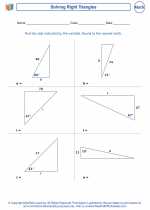Piecewise Functions
A piecewise function is a function that is defined by several sub-functions, each applying to a different interval of the main function's domain. These sub-functions are defined by specifying the domain over which each sub-function is valid. Piecewise functions are often used to model situations where different rules or formulas apply in different scenarios or intervals.
Example of a Piecewise Function:
Let's consider the following piecewise function:
\[ f(x) = \begin{cases} 2x+1 & x \leq 3 \\ x^2-1 & x > 3 \end{cases} \]In this example, the function \( f(x) \) is defined differently for two distinct intervals: when \( x \) is less than or equal to 3 and when \( x \) is greater than 3.
Key Concepts:
- Domain and Intervals: Piecewise functions are defined over specific intervals, and it's important to understand and specify the domain for each sub-function within the piecewise function.
- Continuity: When working with piecewise functions, it's important to consider the continuity of the function at the points where the sub-functions meet. This involves checking if the function values from the left and right of the intersection point are equal.
- Graphing: Graphing a piecewise function involves plotting the graphs of the individual sub-functions over their respective domains, and ensuring a smooth transition between the sub-functions at the points of intersection.
Study Guide:
Here are some steps to help you better understand and work with piecewise functions:
- Identify the different intervals over which the function is defined.
- Write down the specific formula for each sub-function within the defined intervals.
- Understand the domain and range of each sub-function and how they contribute to the overall piecewise function.
- Check for continuity at the points of intersection between the sub-functions.
- Practice graphing piecewise functions and understanding how the individual sub-functions come together to form the overall function.
By following these steps and practicing with different examples, you'll gain a solid understanding of piecewise functions and how to work with them effectively.
.◂Math Worksheets and Study Guides Seventh Grade. The Pythagorean Theorem
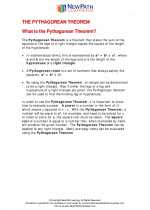
 Study Guide
Study Guide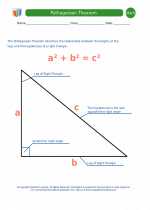
 Worksheet/Answer key
Worksheet/Answer key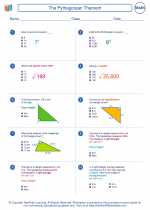
 Worksheet/Answer key
Worksheet/Answer key
 Worksheet/Answer key
Worksheet/Answer key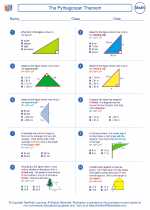
 Worksheet/Answer key
Worksheet/Answer key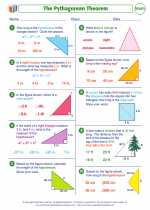
 Worksheet/Answer key
Worksheet/Answer key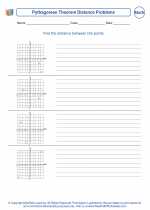
 Worksheet/Answer key
Worksheet/Answer key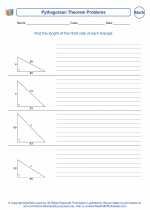
 Worksheet/Answer key
Worksheet/Answer key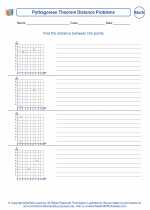
 Worksheet/Answer key
Worksheet/Answer key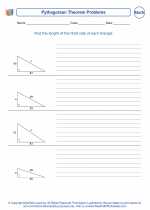
 Worksheet/Answer key
Worksheet/Answer key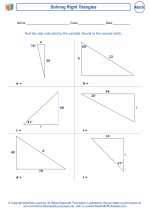
 Worksheet/Answer key
Worksheet/Answer key